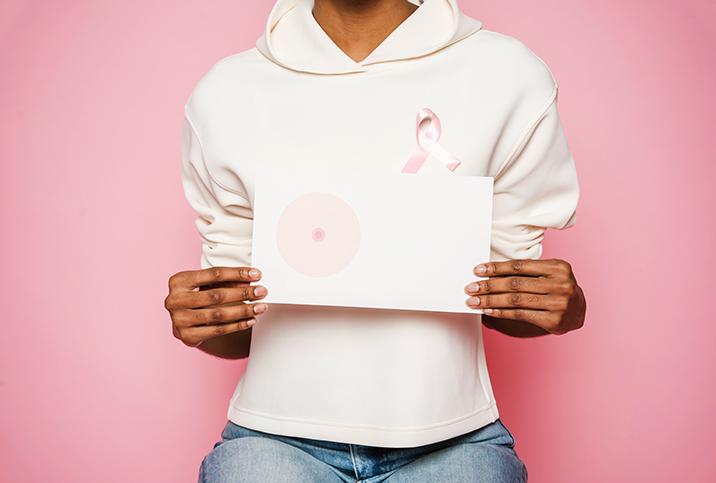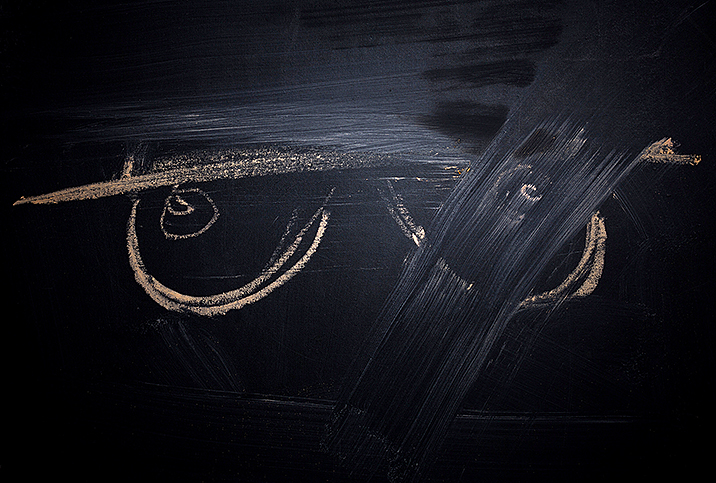How to Mitigate Your Mastectomy Scars

Sadly, the reality is most of us know someone who's been affected by breast cancer—be it a friend, coworker, sister, wife or mother. Fortunately, many women diagnosed with the disease do not have to undergo surgery, and they can have a positive prognosis with chemotherapy and/or radiation alone.
But for those who need to undergo a mastectomy or lumpectomy, there are ways to engender healing post-op. As with any surgical procedure, scars are a natural part of the healing process. The degree of scarring and the discomfort and pain from the skin changes will vary for each person.
Mastectomy scars are usually horizontal but can traverse diagonally and vertically as well. There is also the emotional component: For many, the scar serves as a daily reminder of the removed breast.
As with any surgical procedure, scars are a natural part of the healing process. The degree of scarring and the discomfort and pain from the skin changes will vary for each person.
In most instances, all breast tissue is removed during a mastectomy. As a result, it is extremely unlikely that breast tissue will grow back after the procedure. However, many women choose to undergo breast reconstruction surgery to restore a natural breast appearance.
After breast cancer surgery, wound healing is helped by the production of new collagen during the first three months. As the blood supply to the area increases, it can cause the scar to become bumpy, raised and red. Then, as the collagen starts to break down and blood supply reduces, the scar begins to settle, becoming smoother, supple and less red.
Hypertrophic scars and keloids
In some cases, the body produces too much collagen, creating a hypertrophic scar, which can take years to settle. Generally, hypertrophic scars don't cause complications. They usually fade and flatten over time, even without treatment.
A keloid scar is somewhat similar to a hypertrophic scar, but it continues to grow, increasing in height and spreading over normal tissue even after it has healed. The scar can be painful, tender and itchy.
To minimize keloids, or raised formations of scar tissue, it is recommended to begin using silicone sheets or gel as soon as it heals. This can prevent further growth and reduce the size of the existing scar.
There are many products, lotions and supplements that strengthen skin and can lessen hypertrophic scars. Dermatologists can provide further guidance regarding manufacturers, as well as ways to protect your chest's sensitive skin from the sun's harmful rays. It is important to avoid unnecessary sun exposure, and always use SPF 50 or greater during the months out from a mastectomy.
Creams, moisturizers, massage and supplements
Scars contract by nature. They tend to pull in, and that process of pulling in and dimpling can cause chronic pain for patients. Also, radiation will compound the contracture that surgery creates. Postoperatively and after radiation, however, patients see results from scar creams, moisturizers and massage.
Getting scars to release and fade requires work. After surgery, some patients may lack the energy needed to massage their scars. Even a little daily massage can help to release connective tissue, though.
For many, the scar serves as a daily reminder of the removed breast.
Experts recommend that two to four weeks after surgery, the patient should start massaging the chest and the scar a bit.
If using vitamin E cream or natural oils such as castor or bio oil, it is recommended to gently dab the area frequently. Many of these creams and oils have been touted to work well, without the added cost of collagen.
There are also supplements available. Plus, wearing loose clothing made of natural fibers such as linen, silk or cotton, and avoiding underwire bras, can alleviate pain.

















